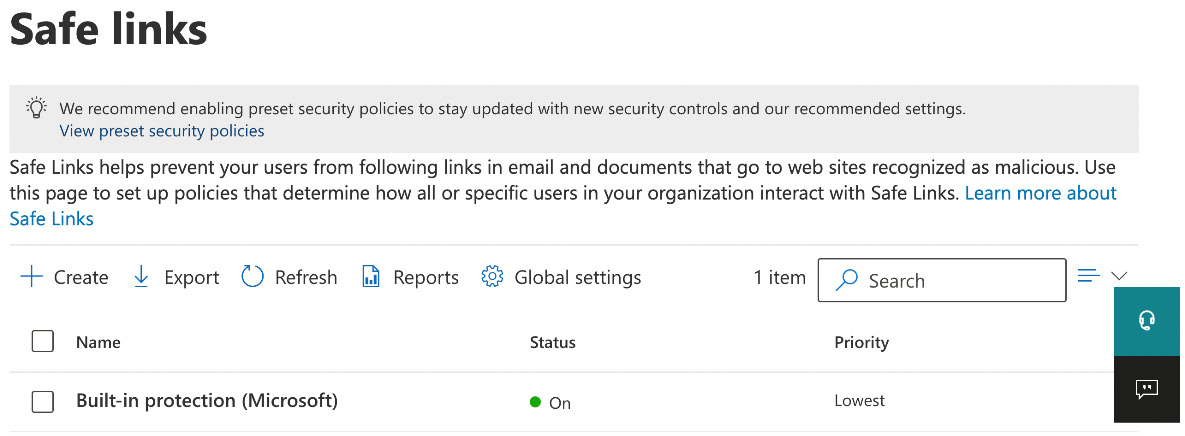Configuring Microsoft Defender for Office 365
Even with the ascendance of Microsoft Teams, Exchange Online remains one of the core features of the Microsoft 365 platform. The majority of businesses with a Microsoft 365 tenant rely heavily on email as one of their primary methods of communication, both internally and with customers, suppliers, and other external correspondents. In the ever-changing security landscape where attackers are becoming more sophisticated and more determined to cause chaos and disruption, it is crucial to provide as much protection to your users as possible when they are using Exchange Online for their emails. Microsoft Defender for Office 365 addresses this requirement.
Microsoft Defender for Office 365 is a cloud-based email filtering service designed to safeguard your organization and protect you from threats within emails, links, and even collaboration tools such as Microsoft Teams. Microsoft Defender for Office 365 includes extensive reporting and URL...





